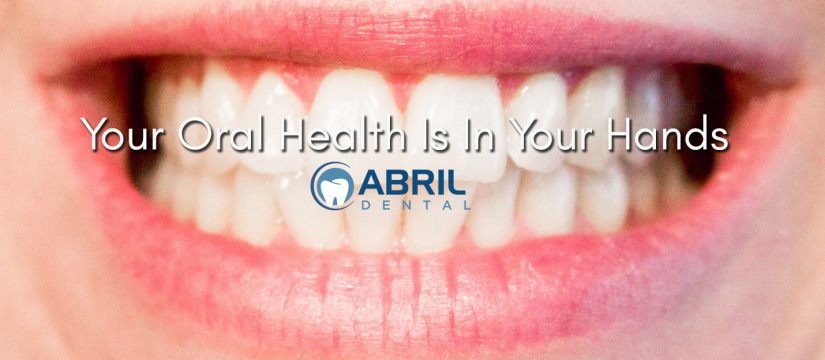
Oral care can be easily referred to as to taking care of your mouth and teeth. Some people would say that it mainly consists of brushing, rinsing with mouthwash, and flossing. But there’s more to it than that. We gathered some important tips so that you can maximize your oral care.
Brush your Teeth
When brushing your teeth, place the brush at a 45-degree angle, pointing the bristles toward the gums. Then, brush your teeth by moving back and forth in short strokes. Make sure that you cover both the outer and inner surfaces of your teeth because bacteria can live in all of those tiny spaces. Tilt the brush vertically and make up-and-down strokes to clean the inner surfaces. Also, don’t forget to brush your tongue to keep your breath fresh. Do this twice per day using a soft-bristled brush and remember to change your toothbrush every 3-4 months.
Clean your tongue
Cleaning your tongue can be done by brushing or scraping. Brushing is done by scrubbing your teeth with a toothbrush from back to front before rinsing your mouth. When using a tongue scraper, extend your tongue to allow access and avoid gagging. Gently scrape your tongue from the back to the front. Rinse off the residue that may form as you go through it. Finally, use mouthwash to freshen your breath.
Rinse with Mouthwash
Mouthwashes are available without a dentist’s prescription. The American Dental Association (ADA) categorizes mouthwashes into two types — therapeutic and cosmetic. Use therapeutic mouthwashes if you want to prevent cavities and reduce plaque and gingivitis. If you prefer temporary control of bad breath, cosmetic mouthwashes are for you. Use your mouthwash after brushing by pouring 20 ml in a cup, and do not dilute it with water. Swish for 30 seconds and gargle before you spit. Instructions are usually found on the back of mouthwash bottles for reference.
Floss
Flossing is done at least once per day. Start by preparing 18 inches of floss and winding both ends around your middle fingers. Hold the floss between your thumb and forefinger and guide it between your teeth. When you reach the gum line, curve the floss into a C shape and gently slide it into the space between the gums and tooth. Hold the floss tightly against the tooth and rub the side of the tooth back and forth, and then up and down. Repeat the same movement for the tooth on the other side of the space.
Visit your Dentist
If you notice something off, like bleeding gums when you brush your teeth, then it’s time to see your dentist. Regular visits to the dentist are important to spot dental health problems in your mouth. Some mouth disease may not show initial symptoms and can be prevented with the help of a dentist. Medical conditions and overall health can affect dental health, so it is important to be examined by a dentist in order to address possible problems.
There is no one-size-fits-all cure to a problem. With these simple tips, you can improve your oral hygiene and overall health so that you can keep flashing that radiant smile!
